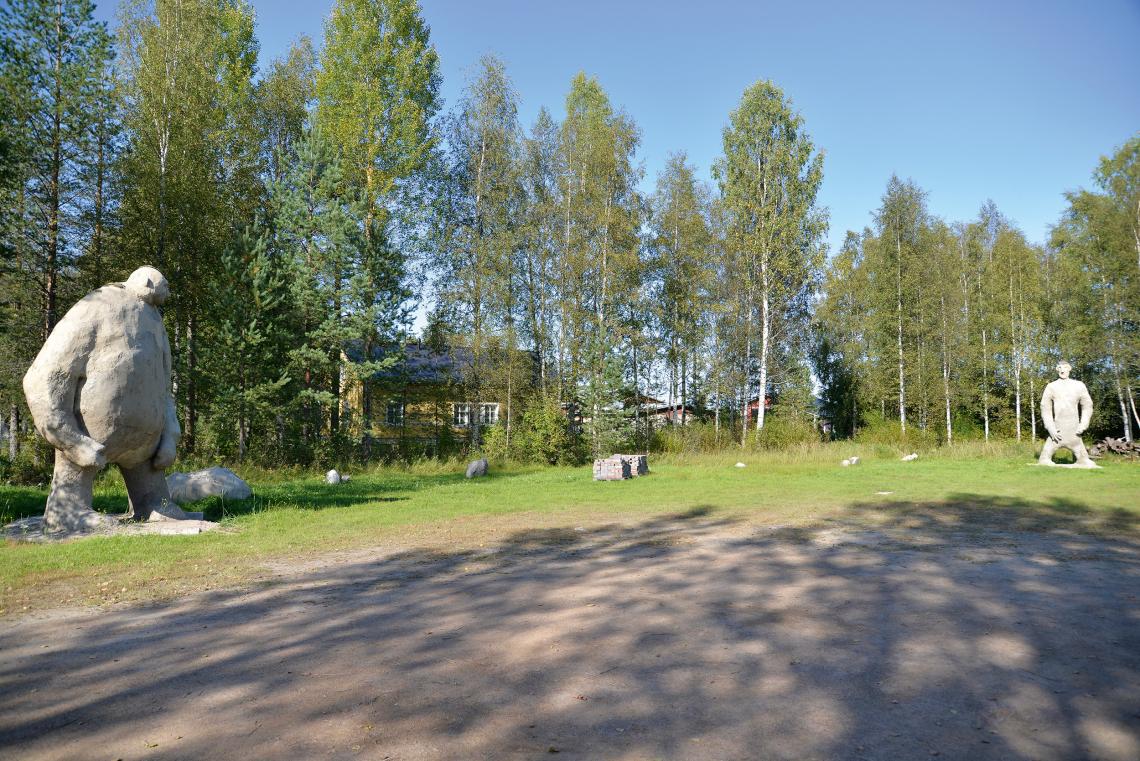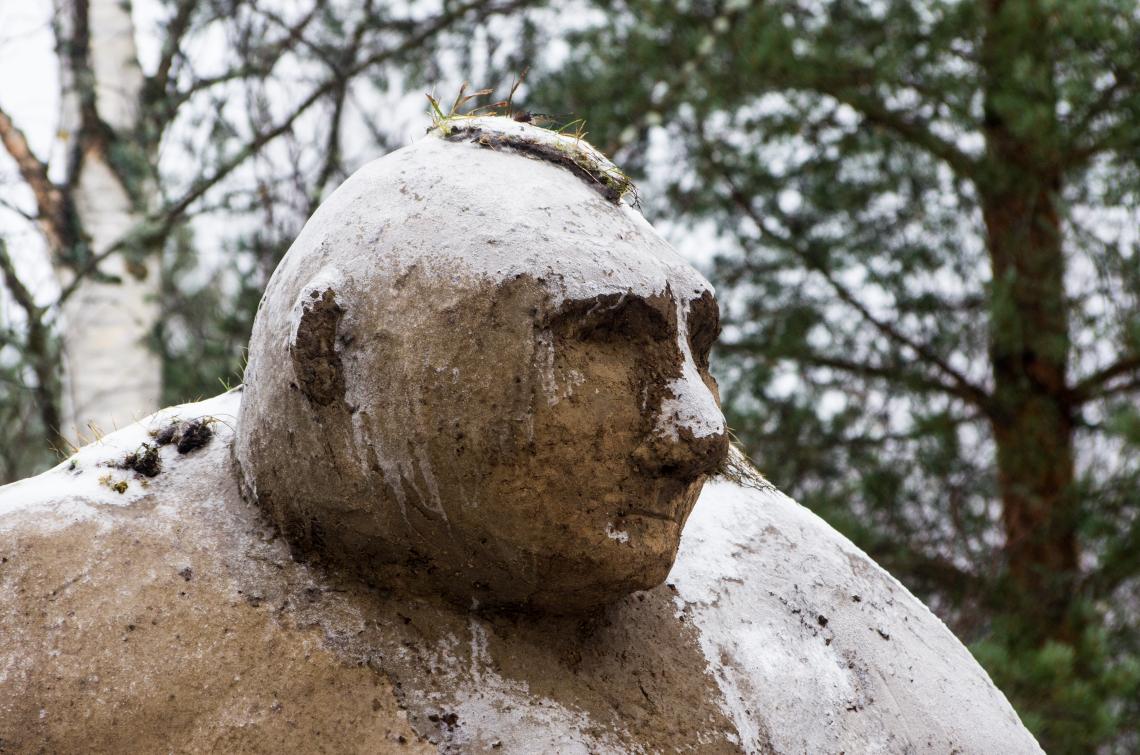
Standing on the Shoulders of Giants
Of all of the archetypes which exist in the collective folkloric consciousness throughout history and across the world, the figure of the giant is one of the most common, tying diverse cultures together. Giants are human or human-like creatures of large proportions who often live alongside humans, either as their enemies or their friends. The ubiquity of giant myths have led scientists to search for historical evidence of the existence of human giants with little success although the skeletons of great apes such as Gigantopithecus blacki - which stood at up to three and a half metres tall - provide evidence that large humanoid species existed alongside early Homo sapiens.
Giants represent a higher or greater force or power, somewhere between man and the gods and, as such, a creature which we aspire to either befriend or conquer in order to further our interests. The well-known expression ‘standing on the shoulders of giants’ - attributed to a 12th Century British scholar - points to the way in which we see farther than our predecessors not because we are more advanced than them, but because we have their foresight and knowledge to guide us. This is as true of rural and village communities such as Mankila as it is of cities, as knowledge passed down from our ancestors is essential for living alongside nature.
The Village Giants of Mankila grew from an earlier project by the artists Rita Porkka, Tero Mäkelä and Johanna Riepula called “Stories from Mankila” in which stories about the village of Mankila were collected from its inhabitants. Based on this collaborative research the artist group was asked by the local village association to go ahead and make two large sculptures of the famed local mythic giants ‘Kiljo’ and ‘Koljo’. The artists responded by inviting Niina Jortikka and locals of all ages and backgrounds to participate in the construction of the two giants which both stand at around 4 metres high and which are held in place by 20 cm deep bases set into sand. The giant forms were made of chicken wire, clothes and rags donated by the local population (some of which were kept and sold in the nearby community centre), cement and a peat mixture, which changes colour according to the seasons. Such a method allowed everyone to participate in collecting and recycling materials and in deciding on the final shape of the two giants. The use of the peat and concrete mixture allows for the giants to withstand the extreme weather conditions and is relatively easy to use, and it also draws parallels with other outdoor works such as those in the nearby Rantsila statue park. The works stand comfortably within their natural habitat, with some holes even having been left in the sculptures so that local birds can make their nests.
The story of the Mankila Giants is typical of many myths across the world in that it helps to explain the geographical situation of Mankila. The most famous myth about Giants in Mankila concerns two figures, ‘Kiljo’ and ‘Koljo’, who lived on opposite sides of the Siikajoki River. Occasionally they got into arguments, dragging huge stones to the riverbanks and throwing them at each other so hard that the earth reportedly shook. Sometimes the stones crashed into the river forming the rapid known now as the Kiljonkoski, or ‘Kiljo's Rapid’. As the wives of the giants were friends the rocks were left in the river so that they could more easily cross the river to chat with one another. This story demonstrates how myth is vital in forming a community’s understanding of the territory and landscape it grows up in.





